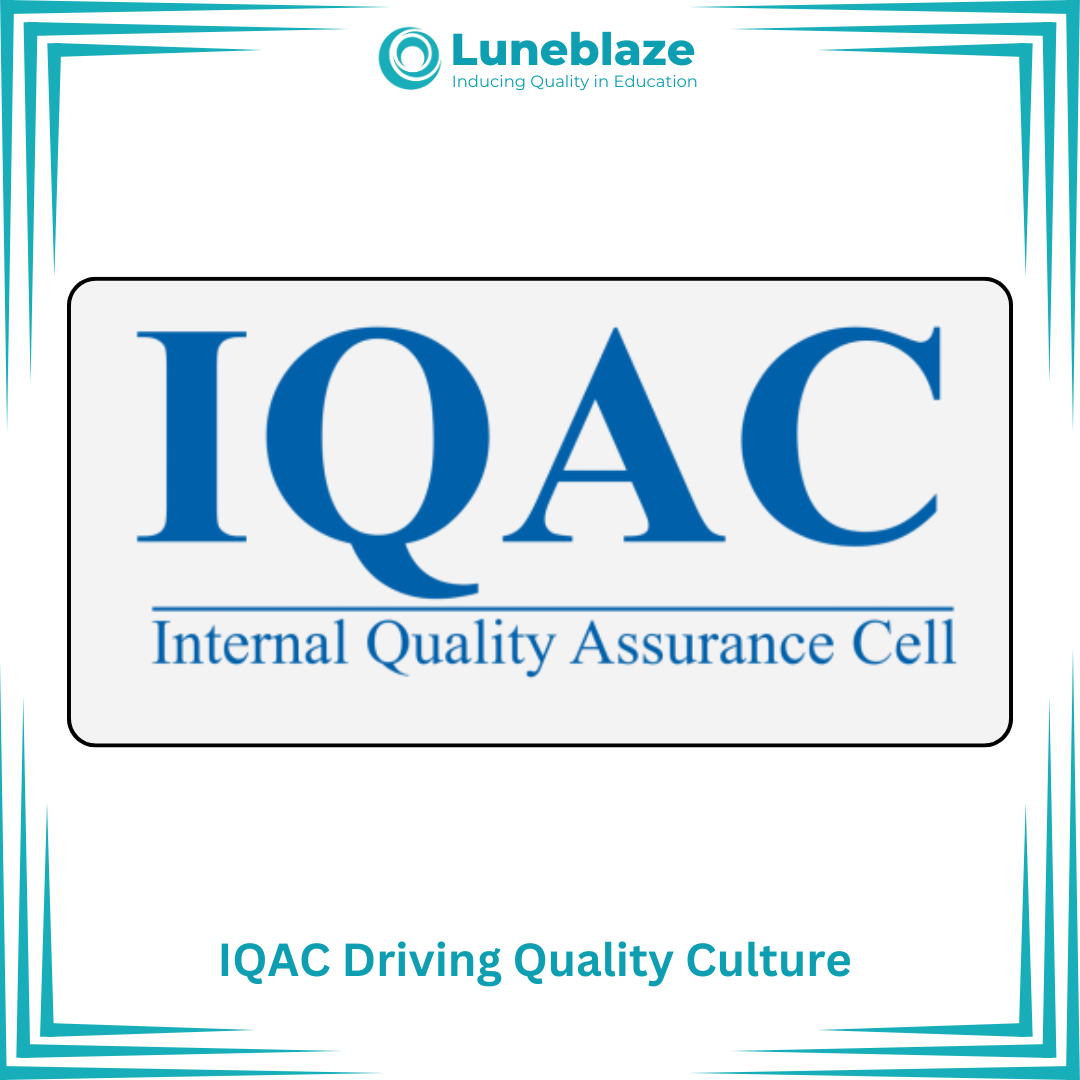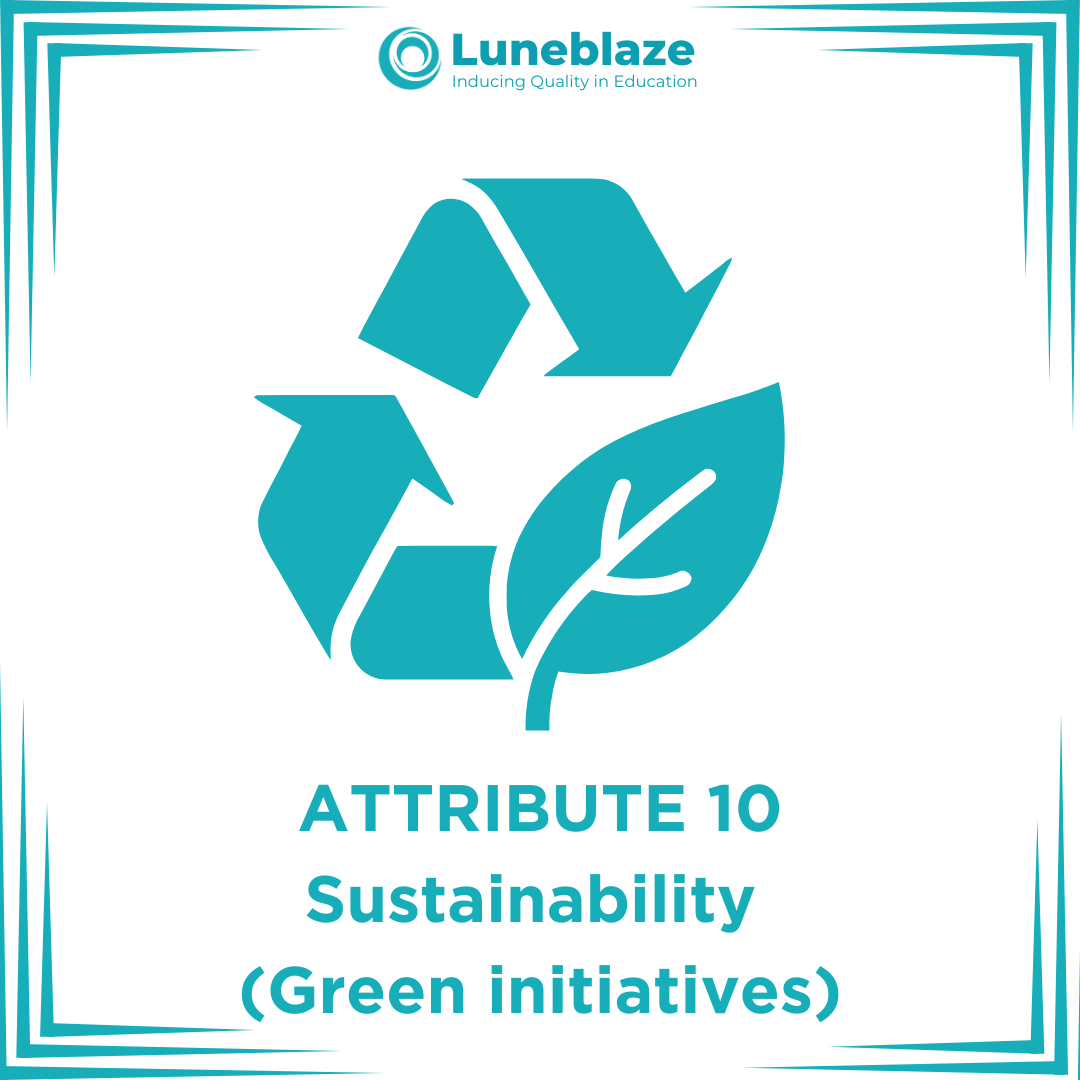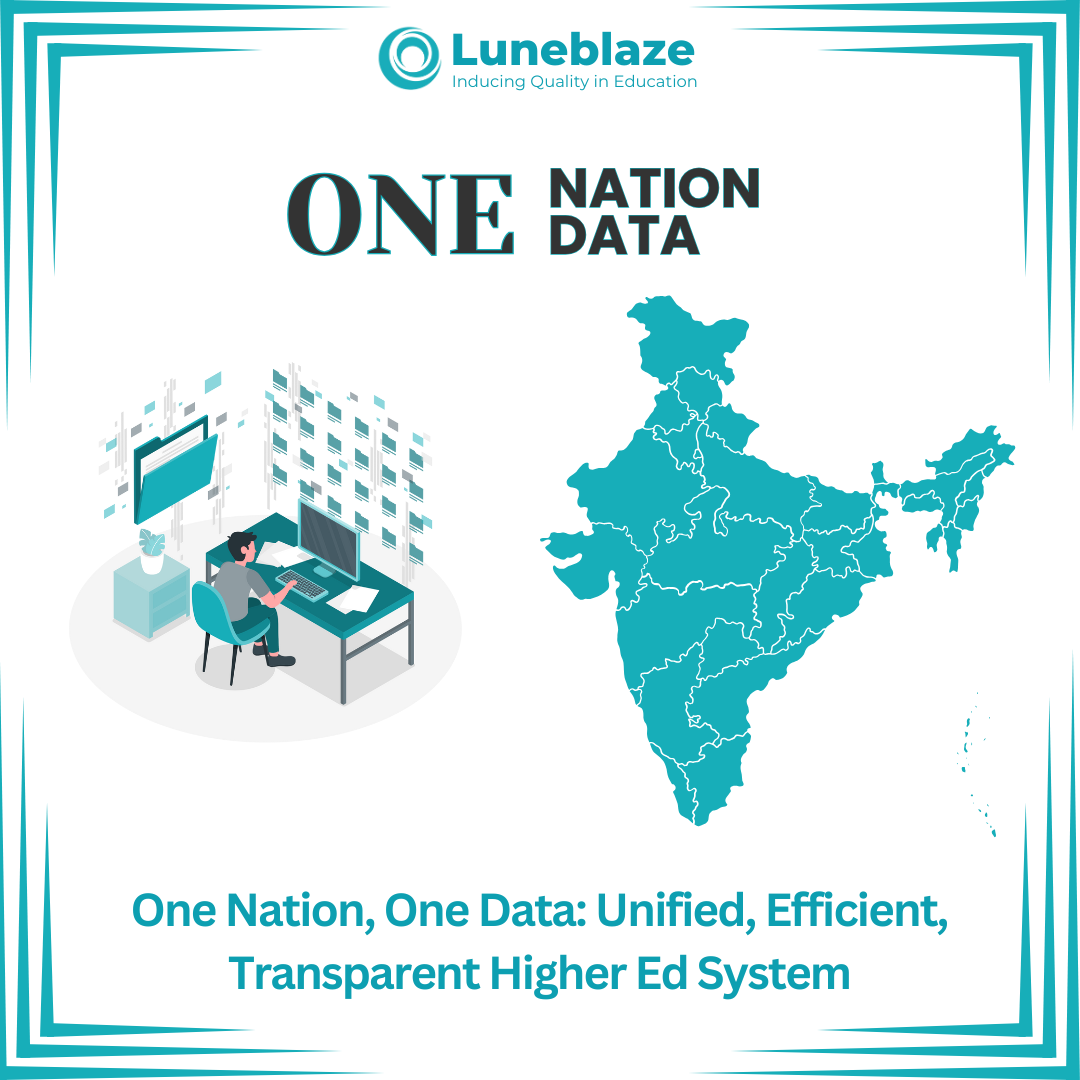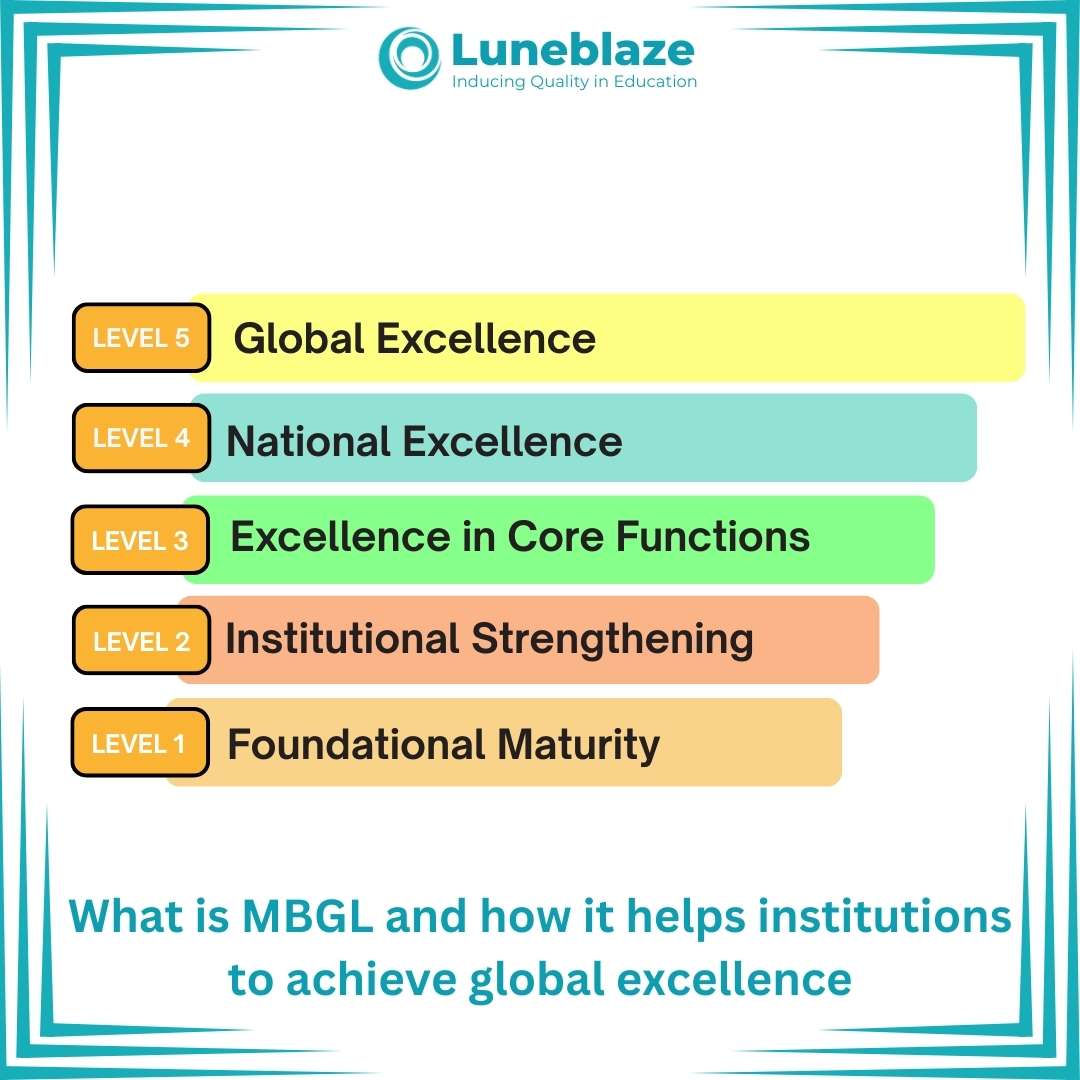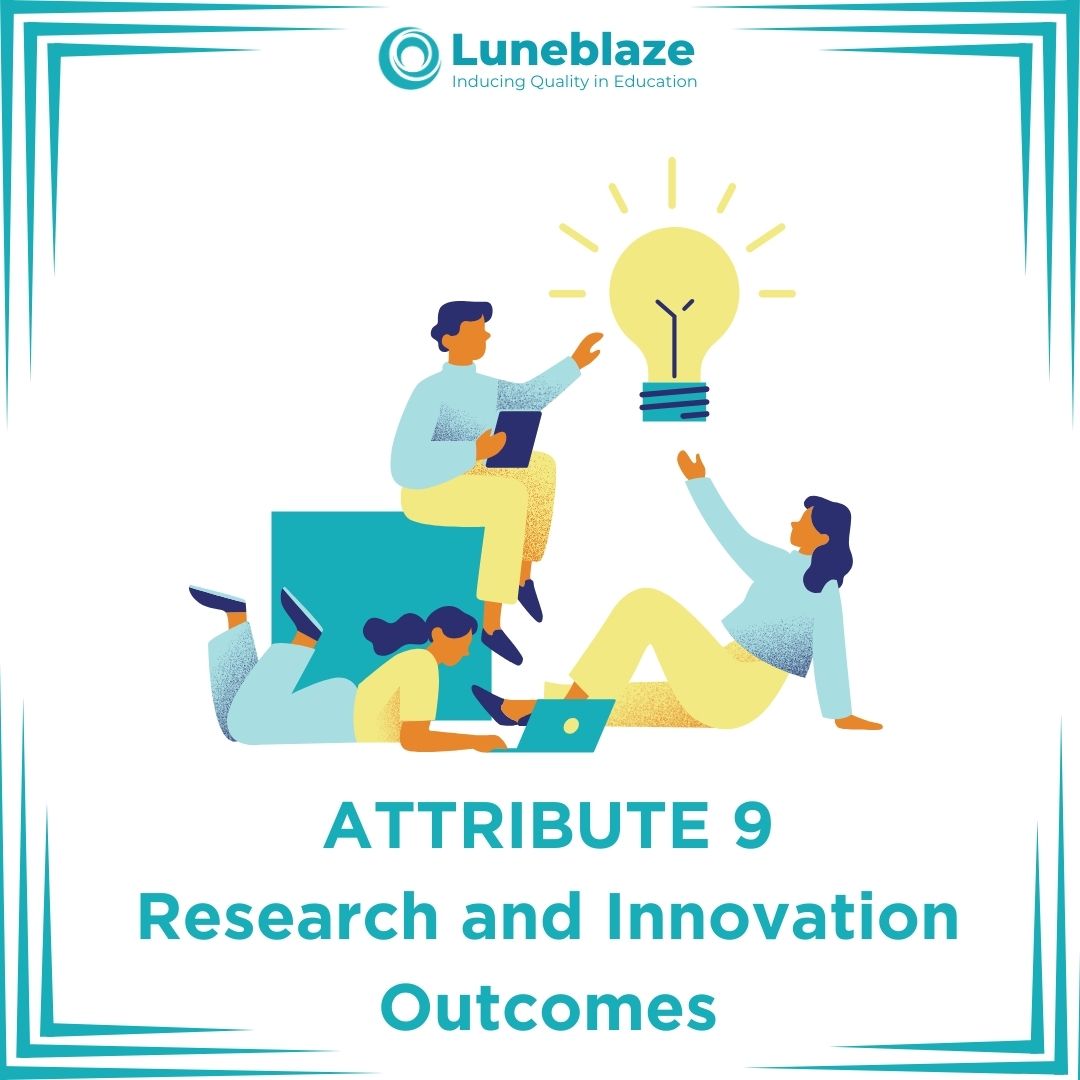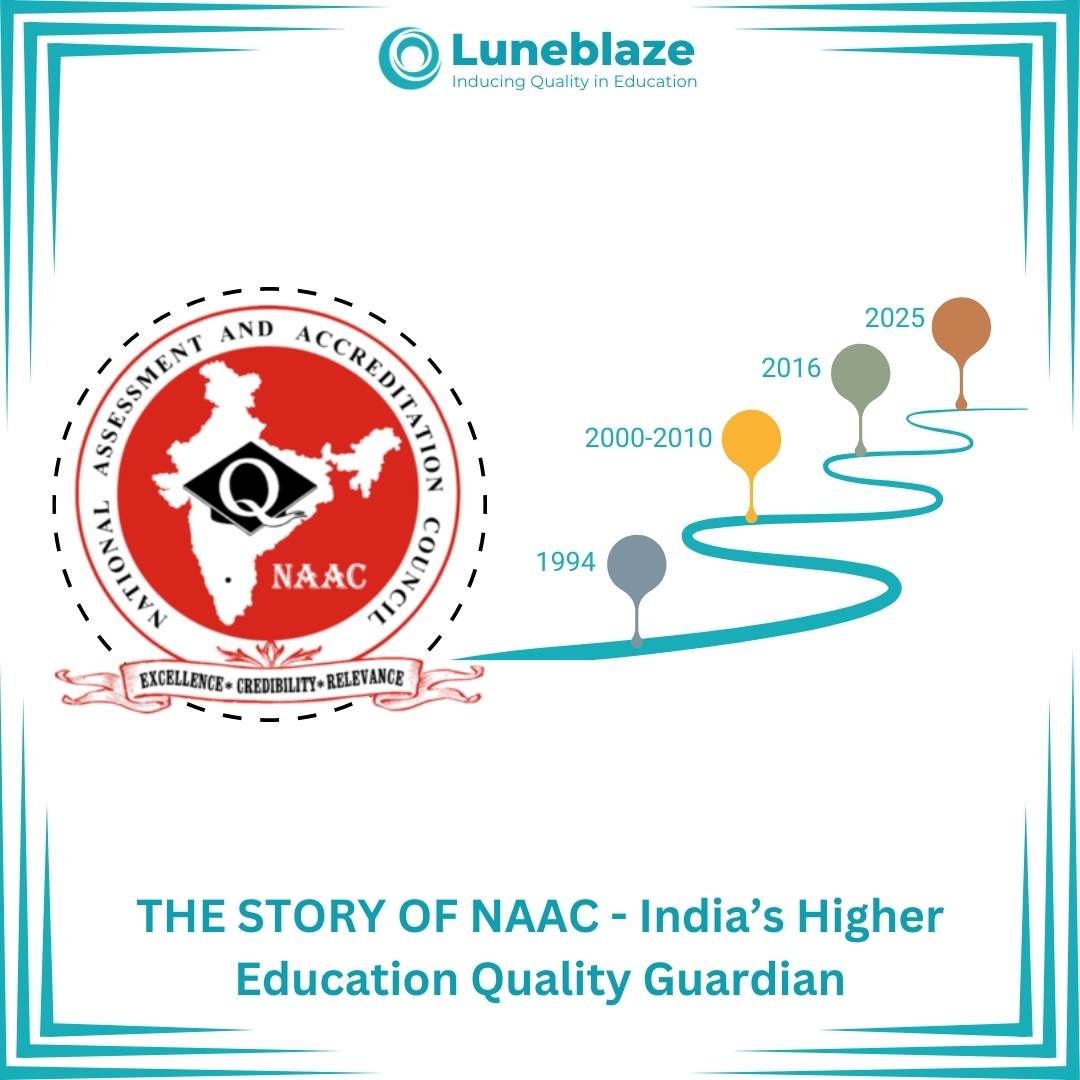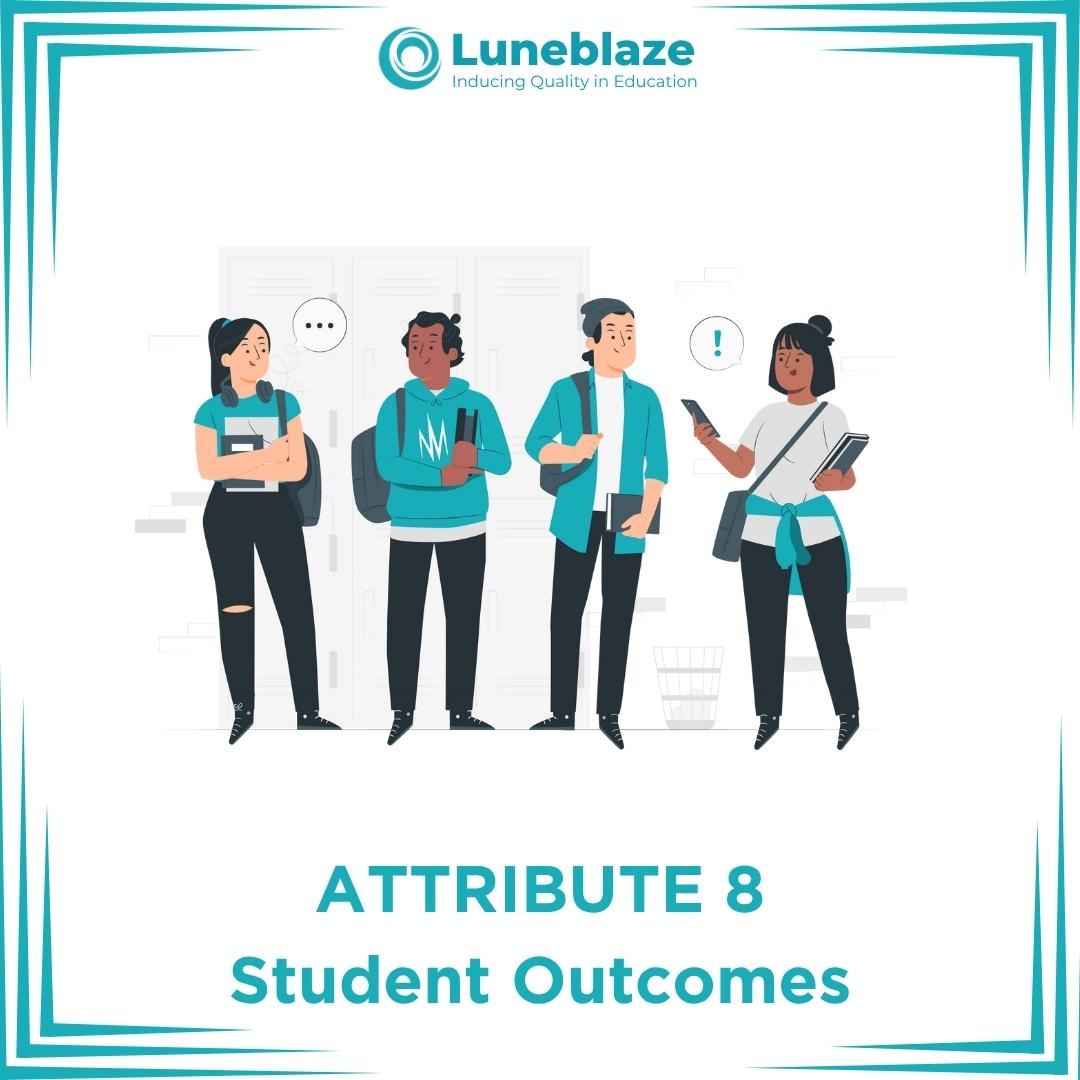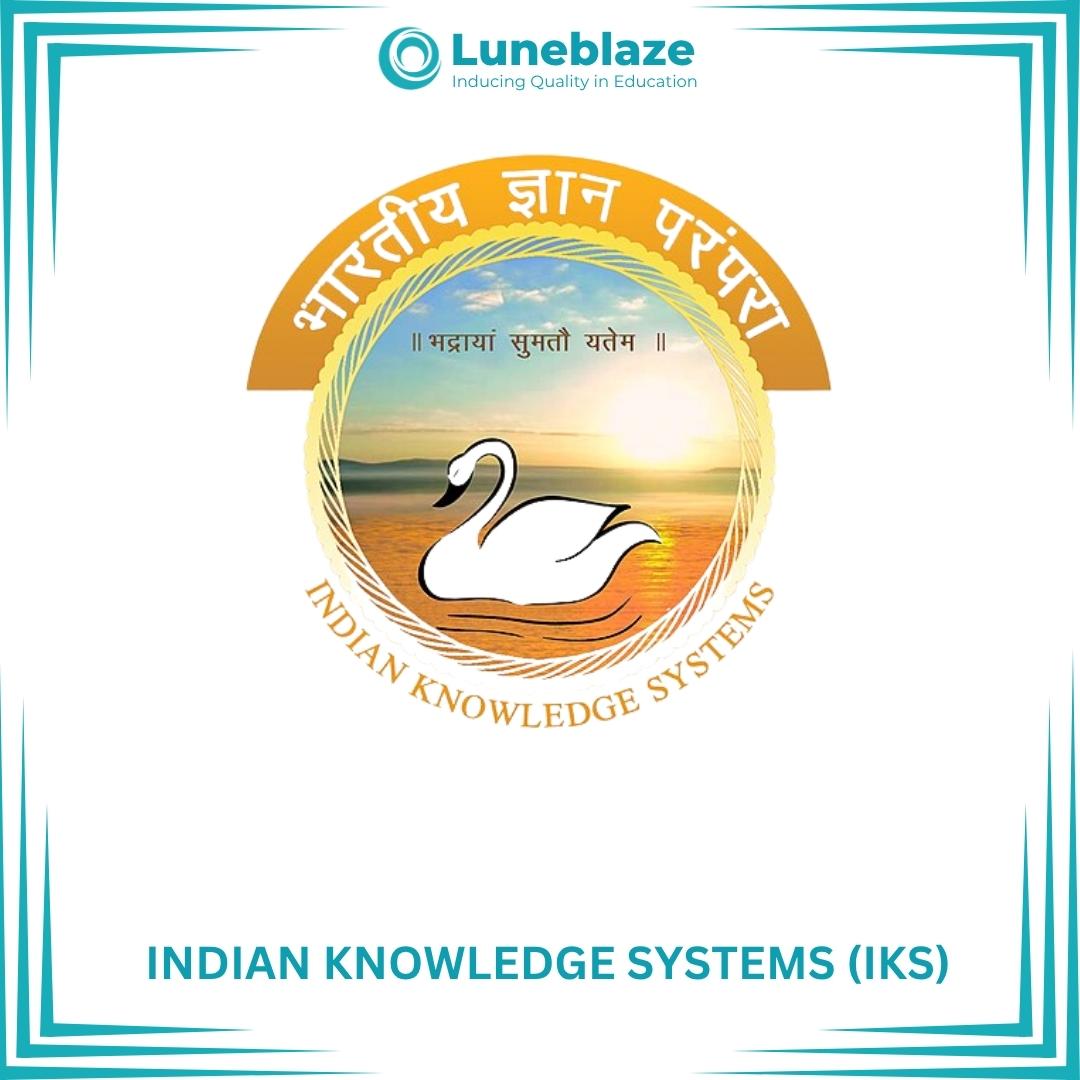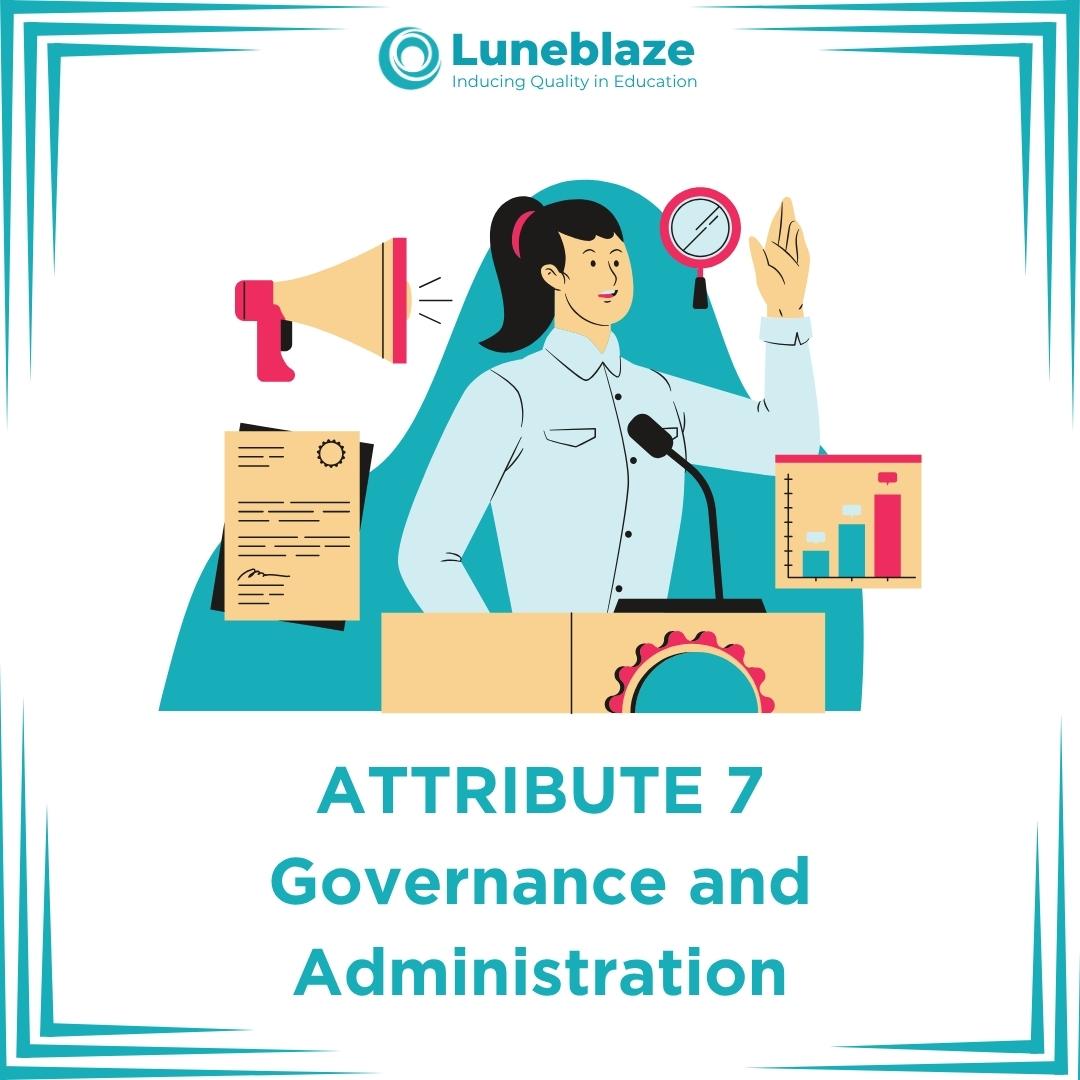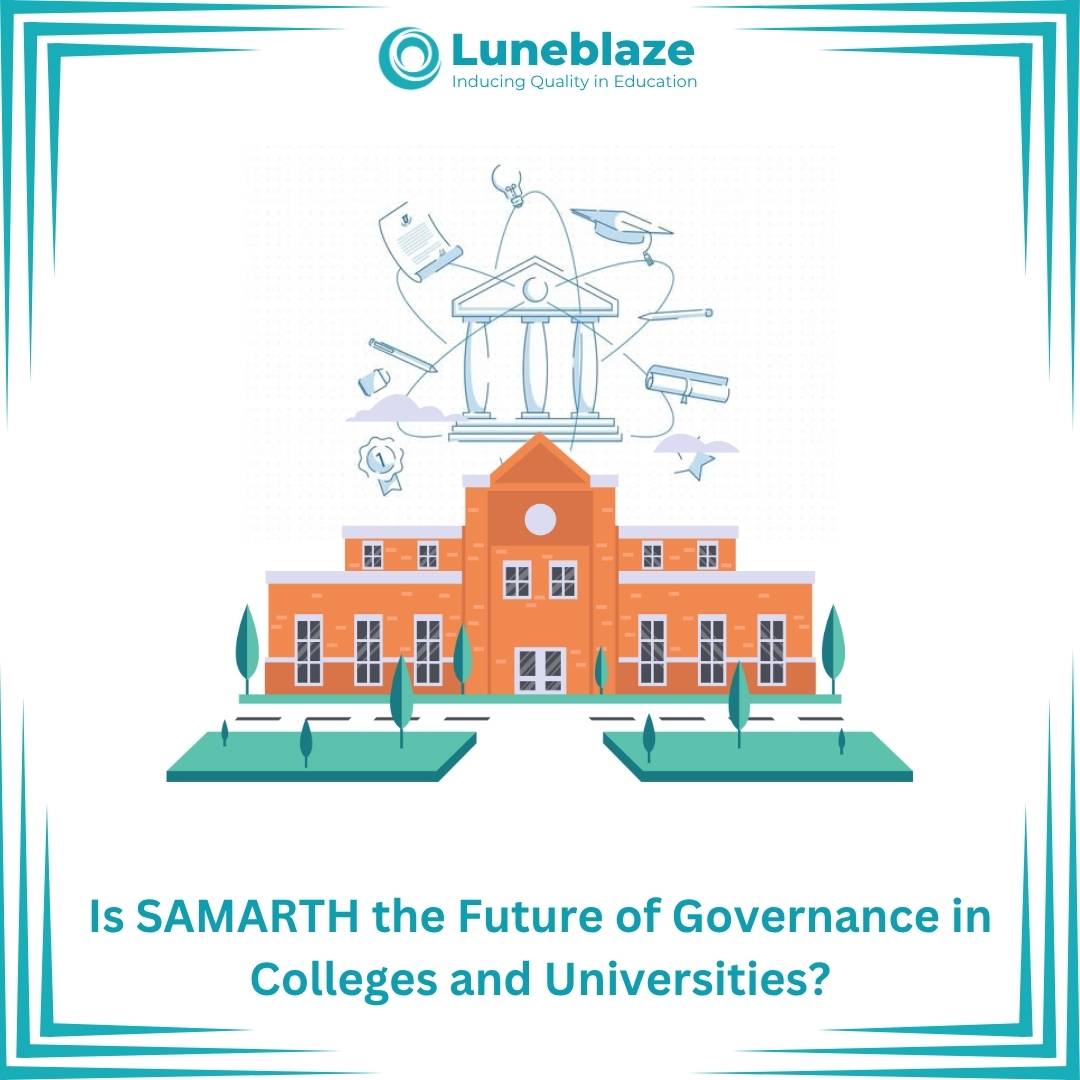E-ShodhSindhu Enhancing Access to Scholarly Resources in Higher Education
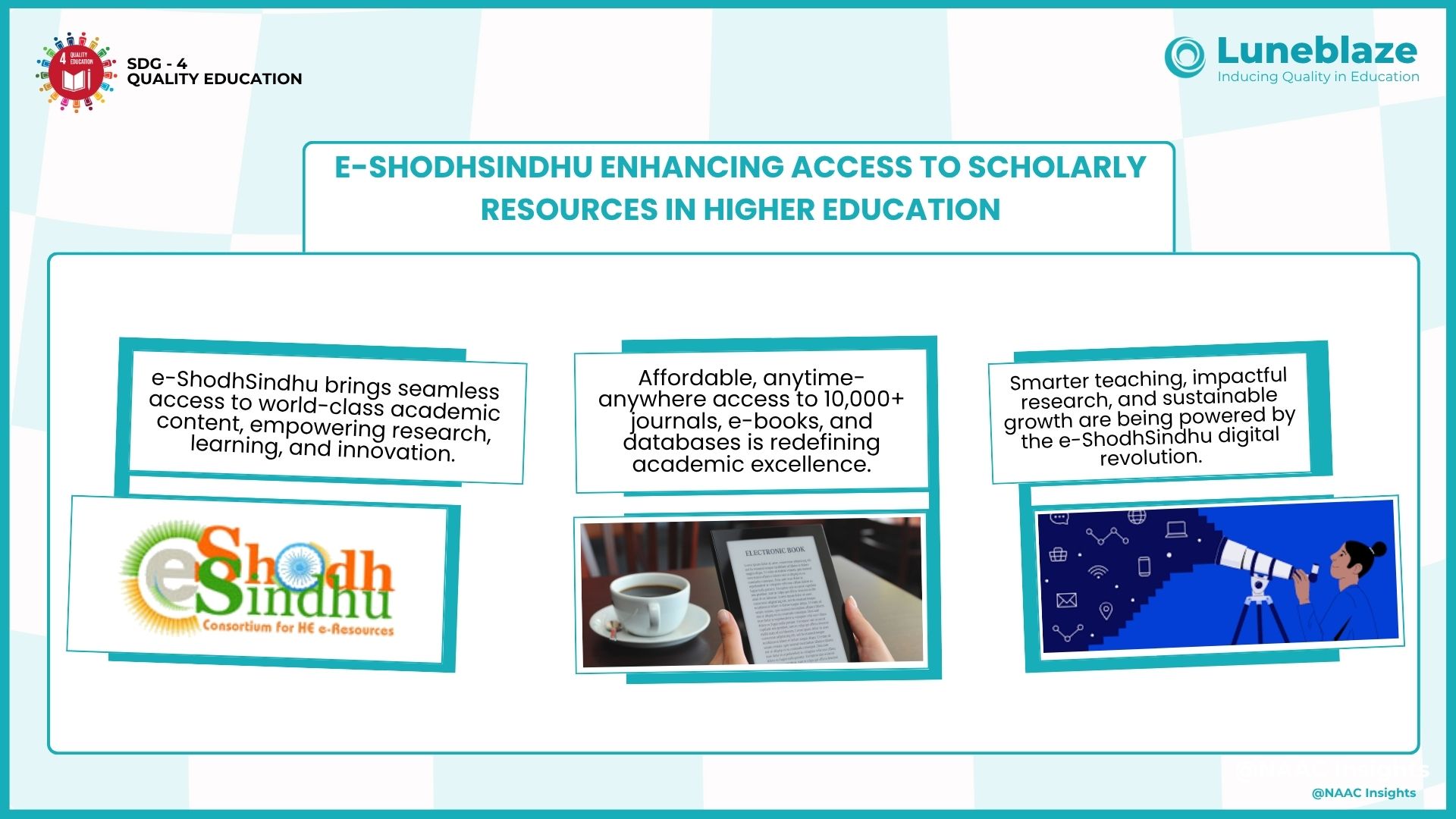
Jun 07, 2025
Imagine a bustling university library where students and researchers seamlessly access thousands of scholarly journals, e-books, and databases with just a few clicks—no more waiting for physical copies or navigating multiple platforms. Faculty members can delve into the latest research across disciplines, and administrators can efficiently manage subscriptions and usage analytics. This vision is a reality through the e-ShodhSindhu consortium, a transformative initiative by the Ministry of Education that has redefined the way higher education institutions access academic resources.
What Is the e-ShodhSindhu Portal?
Launched in December 2015 by the Ministry of Education (formerly MHRD), e-ShodhSindhu is a consortium that amalgamated three earlier initiatives: UGC-INFONET Digital Library Consortium, N-LIST, and INDEST-AICTE Consortium. Executed by the INFLIBNET Centre, this platform provides affordable access to over 10,000 core and peer-reviewed journals, bibliographic databases, and e-books across various disciplines to its member institutions, including centrally-funded technical institutions, universities, and colleges.
Core Features of the e-ShodhSindhu
Portal Extensive Resource Access: Offers current and archival access to a vast collection of scholarly journals, e-books, and databases across disciplines.
Cost-Effective Subscriptions: Provides high-quality electronic resources to academic institutions at significantly reduced subscription rates.
Remote Access Capability: Facilitates off-campus access through mechanisms like VPN, proxy servers, and Shibboleth-based federated access via the INFED initiative.
Usage Analytics: Member institutions can monitor and analyze resource usage statistics through the InfiStats portal, aiding in informed decision-making.
Training and Awareness Programs: Conducts workshops and training sessions to promote effective utilization of e-resources among faculty and students.
Alignment with NAAC Binary Accreditation Framework Attributes
Attribute 1: Curriculum: The vast digital repository provided by e-ShodhSindhu empowers curriculum developers and academic councils to ensure that their syllabus reflects current trends and global academic standards. Faculty members can refer to the latest publications, research articles, and case studies while updating course materials, thus making the learning experience more relevant and dynamic. This constant refresh of knowledge helps bridge the gap between academic theory and real-world application.
Attribute 2: Faculty Resources: Faculty members benefit immensely from the platform’s extensive research resources, enabling them to enrich their lectures, stay updated with global trends, and publish in reputed journals. The access to high-quality content fosters a research-oriented mindset, helping educators contribute more meaningfully to their academic fields. e-ShodhSindhu also supports faculty in writing grant proposals and improving the quality of academic mentorship they provide.
Attribute 3: Infrastructure: By digitizing library access, institutions reduce the pressure on physical infrastructure. Traditional libraries can repurpose space and resources, investing in digital learning hubs and multimedia resources instead. With e-ShodhSindhu, students and faculty can access essential materials anytime, anywhere, transforming how institutions design and utilize their academic spaces.
Attribute 4: Financial Resources & Management: The consortium model allows for pooled procurement of subscriptions, leading to major cost savings for institutions. With centralized negotiations and discounted pricing, HEIs can redirect their budgets toward research, infrastructure, or student welfare programs. The platform eliminates redundancy in subscriptions and promotes equitable access to knowledge.
Attribute 5: Learning and Teaching: Teaching methodologies are evolving with access to e-resources. Instructors can assign real-time case studies, link directly to journal articles, and promote inquiry-based learning. Students gain access to global perspectives on subjects, enhancing critical thinking and analytical skills. This transforms classrooms into vibrant, knowledge-sharing ecosystems.
Attribute 6: Extended Curricular Engagements: Students participating in academic clubs, conferences, and research internships now have a wealth of knowledge at their fingertips. e-ShodhSindhu facilitates background reading, literature reviews, and exploration of interdisciplinary themes. It supports innovation and creativity among students by exposing them to cutting-edge knowledge beyond textbooks.
Attribute 7: Governance and Administration: Library management becomes more streamlined through centralized digital access. Administrators can oversee subscriptions, monitor user engagement, and generate usage reports that inform policy decisions. With simplified procurement and reporting, academic governance becomes more efficient and transparent.
Attribute 8: Student Outcomes: Easy access to research materials enables students to produce higher-quality academic work—theses, dissertations, and term papers. It supports exam preparation, broadens their knowledge base, and enhances employability. Institutions can better document and showcase student academic outputs, strengthening their accreditation narratives.
Attribute 9: Research and Innovation Outcomes: The platform serves as a catalyst for high-quality research by providing comprehensive access to current and archival publications. Faculty and students can conduct in-depth literature reviews, track citations, and stay abreast of global research developments. e-ShodhSindhu directly contributes to increased publication output and innovation within HEIs.
Attribute 10: Sustainability (Green Initiatives): The digital transformation enabled by e-ShodhSindhu drastically cuts down on paper usage and reduces the environmental footprint of academic institutions. With fewer physical shipments and reduced need for print journals, institutions align their operations with green campus initiatives. It promotes sustainable academic practices without compromising on quality.
Why Was e-ShodhSindhu Launched?
The Government of India initiated e-ShodhSindhu to bridge the digital divide in higher education by providing equitable access to scholarly resources. By consolidating existing consortia, the initiative aimed to streamline resource distribution, reduce costs, and enhance the quality of education and research across the country. It supports the Digital India mission by promoting a culture of digital learning and research.
In conclusion e-ShodhSindhu stands as a cornerstone in India's pursuit of academic excellence and digital empowerment in higher education. By offering centralized, affordable, and comprehensive access to scholarly resources, it not only enhances teaching and research but also aligns with national accreditation standards and sustainability goals. For institutions aiming to elevate their academic and research capabilities, integrating e-ShodhSindhu is not just beneficial—it's essential.
Explore the e-ShodhSindhu Portal: https://ess.inflibnet.ac.in
To support Colleges and Universities (HEIs) in their accreditation journey, Luneblaze provides a comprehensive AI-enabled end-to-end solution to Colleges and Universities (HEIs) for all their accreditation criteria needs, be it documents & evidence creation, workflow management, faculty training, audits, and consultancy support. With the help of Luneblaze’s AI-enabled solutions, HEIs can organize and manage all their data related to accreditation and assessments like NAAC.
Together, let’s raise educational standards. Reach us at: naac@luneblaze.com
Trusted by
100+
Institutions
worldwide
since 2017
Get started with Accreditation Excellence
Explore how our AI-enabled accreditation solution simplifies the accreditation journey

